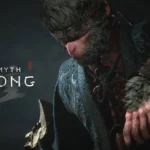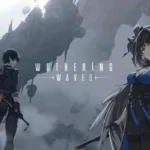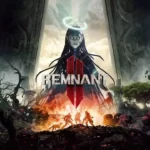What is DoT World of Warcraft? Your quest for answers ends here—welcome to your comprehensive beginner’s guide unlocking the mysteries of Damage over Time mechanics in Azeroth.Uncover the role of DoTs, their impact on gameplay, and how various classes affect your gameplay. Whether you’re a newcomer or a seasoned player, let’s navigate the world of DoTs together and discover the strategic depth they bring to your WoW experience.
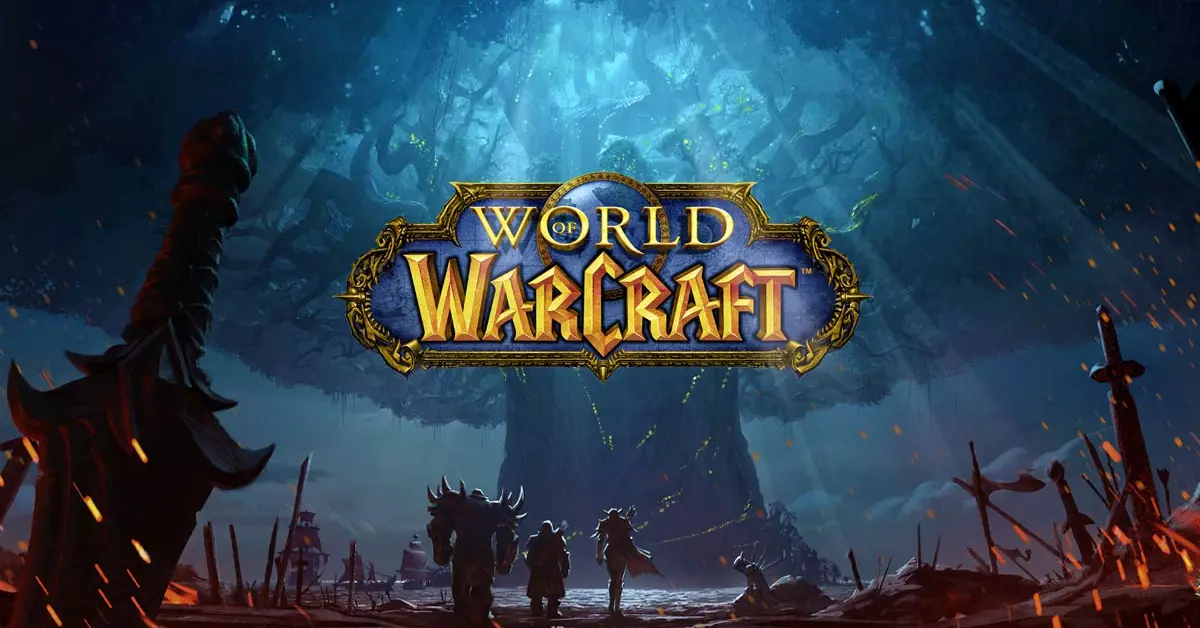
Understanding DoT (Damage over Time) in World of Warcraft
In the realm of World of Warcraft, DoT is the acronym for Damage over Time. This refers to abilities or spells that gradually inflict harm on a target over a specified duration instead of delivering all the damage instantaneously. DoTs are commonly known as periodic damage, as they consistently deal damage at regular intervals, referred to as ticks, throughout their active duration.
Here are some key points about DoTs in World of Warcraft:
- Nature of DoTs: DoTs can cause various effects such as bleeding wounds, curses, burns, or poisons. Each tick of a DoT ability typically deals the same amount of damage, but there are instances where damage increases per tick.
- Haste and DoTs: Building Haste through gear or abilities can speed up the ticks of a DoT, causing more damage overall. Higher Haste values can result in more ticks fitting into the duration of a DoT.
- Interrupting Abilities: DoT abilities can interrupt certain actions by the target, including crowd control (CC) abilities and tasks like healing, crafting, or fishing.
- Dispelling DoTs: Players can use specific items or abilities to dispel DoTs. Dispelling removes the harmful effects, providing a way to counter DoT-based attacks.
- Variety of DoTs: While DoTs typically refer to periodically damaging debuffs, certain abilities like drowning, damaging areas, or channeling spells that cause damage multiple times can also be considered DoTs.
What is HoT (Healing over Time)?

HoT stands for Healing over Time in the World of Warcraft lexicon. This term designates spells or abilities that gradually replenish a target’s health over a specific duration, serving as the curative counterpart to DoT.Healing over Time (HoTs) function similarly to Damage over Time (DoTs), employing periodic healing ticks that unfold at consistent intervals throughout their duration.
RELATED: WORLD OF WARCRAFT DRAGONFLIGHT – THE ESSENTIAL GUIDE FOR BEGINNERS
World of Warcraft features healing specializations like Restoration Druids, Restoration Shamans, and Discipline Priests, all of which commonly wield Healing over Time (HoT) spells. Additionally, Warlocks and Hunters have HoTs designed for their summoned pets, expanding the range of classes and roles that can utilize these beneficial over-time healing effects.
DoT and HoT are essential concepts in World of Warcraft, representing Damage over Time and Healing over Time, respectively. They add strategic depth to gameplay by introducing gradual effects rather than immediate bursts of damage or healing.
DoT and HoT Mechanics in World of Warcraft
World of Warcraft has long embraced the mechanics of Damage over Time (DoT) and Healing over Time (HoT), which you’ve probably encountered in your gameplay. Let’s delve into the intricacies of these mechanics within the game:
DoT Mechanics:
In WoW, Damage over Time refers to effects that cause damage gradually over a specified duration. Players apply these effects to enemies, and the damage accumulates over time. DoTs are strategic tools in both PvE and PvP, allowing players to maintain pressure on opponents while focusing on other aspects of combat.
HoT Mechanics:
In contrast, Healing over Time involves effects that restore health gradually over a period. Players can cast HoTs on themselves or allies, providing a sustained healing effect. HoTs are instrumental in maintaining the overall health of a group during encounters, reducing the strain on healers and allowing for smoother progression in dungeons or raids.
RELATED: WORLD OF WARCRAFT DRAGONFLIGHT REVIEW -THE BEST AND THE WORST
Understanding and effectively utilizing DoT and HoT mechanics are crucial elements in mastering the diverse and dynamic gameplay of World of Warcraft. Whether dealing damage or supporting the party, these mechanics add layers of strategy and depth to the gaming experience.
How DoT and HoT Mechanics Works
In World of Warcraft, grasping Damage over Time (DoT) and Healing over Time (HoT) mechanics involves these key concepts:
1. Duration:
- Definition: How long the effect will last on your target.
- Example: If you cast a spell with a 10-second duration, the effect will persist on the target for 10 seconds.
2. Interval:
- Definition: The frequency at which the effect ticks on your target, causing damage or healing.
- Example: If a DoT ticks every 2 seconds, it will deal damage to the target every 2 seconds.
3. Refresh:
- Definition: Refreshing occurs when you cast the effect on your target before the previous instance wears off.
- Example: If you recast a DoT with 5 seconds remaining, the duration resets to the full amount, preventing any downtime.
4. Uptime:
- Definition: The percentage of a fight, encounter, or the lifespan of a mob where a periodic effect is present.
- Example: If your DoT is active on a target for 80% of the fight, its uptime is 80%.
Grasping these principles is vital, particularly in the context of managing refreshing effects. While Damage over Time (DoTs) and Healing over Time (HoTs) are generally straightforward, the complexity arises from the diverse coding of various spells.
When a spell is cast, it imparts an effect lasting for a designated duration, and intervals dictate when the effect activates. Refreshing is crucial for sustaining a steady stream of damage or healing. Uptime measures the total duration of the effect over a specified period.
What is DoT World of Warcraft and Refresh Types?
Now you’ve learned the concept of What is DoT World of Warcraft? Now, let’s delve into the various types of refresh mechanisms and understand their functioning. In the realm of WoW, there are three distinct ways that Damage over Time (DoT) and Healing over Time (HoT) effects can be refreshed upon reapplication. These are known as the Legacy rule, the 30% rule (or Pandemic), and the Restart method. It’s crucial to underscore that these rules bear substantial significance in major World of Warcraft tournaments as well.
Restart:
Within the Restart refresh type, it’s noteworthy that the effect doesn’t genuinely refresh. Casting on a target with an existing effect removes the old one and replaces it with the new one.
Legacy:
The Legacy rule harks back to the way periodic effects functioned in the vanilla version of the game. When casting on a target with the existing effect, the next scheduled tick occurs as anticipated.The duration of the new effect gets appended after the imminent tick in the Restart refresh type.
30% Rule (Pandemic):
Also known as Pandemic, the 30% rule is the prevalent refresh method in current WoW gameplay. After casting a periodic effect on a target with the existing effect, the lesser of 30% of the base duration or the remaining duration of the effect is retained. This retained duration is then added to the base duration of the effect.
Extend:
In the Extend refresh type, the DoT is straightforwardly prolonged by the new duration.
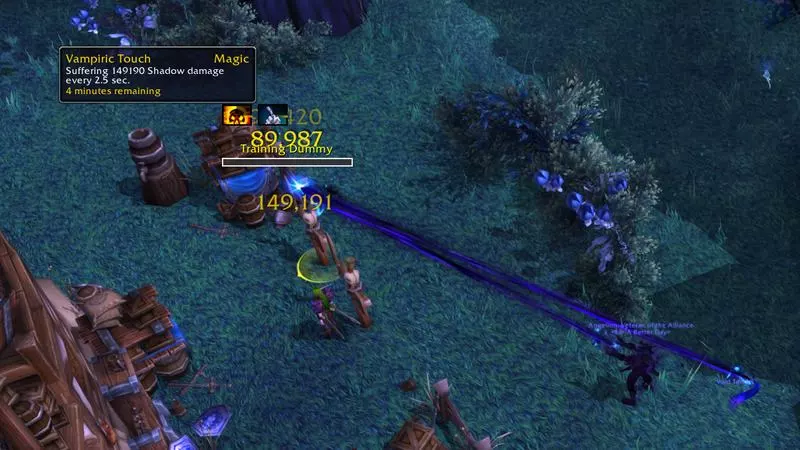
WoW Classes and Their Use of DoTs: A Comprehensive Overview
In World of Warcraft, various classes leverage Damage over Time (DoT) effects as a core aspect of their gameplay. Let’s explore how different classes and specializations utilize DoTs to inflict sustained damage on their adversaries:
Shadow Priests:
Abilities like Vampiric Touch, Mind Flay, and Shadow Word Pain are employed to unravel the minds of enemies.
Affliction Warlocks:
Utilize curses and hexes, including Corruption, Agony, and Unstable Affliction, to drain the life force of opponents.
Death Knights:
Death and Decay, along with the infliction of diseases and Festering Wounds by Unholy Knights.
Demon Hunters:
Inflict periodic damage with abilities like Immolation Aura and channel Eye Beam for devastating attacks.
Feral Druids:
Bleed enemies using abilities such as Rip.
Balance Druids:
Burn enemies with Stellar Flare and Moonfire.
Hunters:
Employ various abilities to cause bleeding, burning, and poisoning effects on enemies.
Fire Mages:
Inflict substantial direct damage and induce burning effects using spells such as Conflagration.
Paladins:
Use Consecration to deal damage over time to enemies in specific areas.
Monks:
Have several damage over time options, often using challenged AoE attacks.
Shamans:
Inflict burns with abilities like Flame Shock, and certain totems, such as Liquid Magma, can be considered as DoTs.
Rogues:
Elicit bleeding effects through abilities like Garrote, whereas the Assassination specialization employs the toxic Deadly Poison.
Warriors:
Inflict bleeding DoTs with Deep Wounds and Rend.
Understanding when and how to use DoTs is important, as improper use can disrupt Crowd Control (CC) effects. Moreover, the raid boss debuff limit in the Classic platform prioritizes certain debuffs over less potent DoTs. For new players, practice in-game is the most effective way to grasp the nuances of DoTs and Healing over Time (HoTs).
Conclusion
Understanding ‘what is DoT World of Warcraft‘ is crucial for navigating the dynamic gameplay of this iconic MMORPG. Damage over Time (DoT) mechanics introduce strategic depth, impacting both PvE and PvP engagements. From the nature of DoTs and their interaction with Haste to dispelling options and the variety across different classes, these mechanics shape the gaming experience. Exploring the contrast with Healing over Time (HoT) and delving into nuanced concepts like refresh types provides a comprehensive grasp of the mechanics. Whether you’re dealing sustained damage or enhancing group survivability, mastering DoT mechanics is integral to excelling in the vast world of Azeroth.

